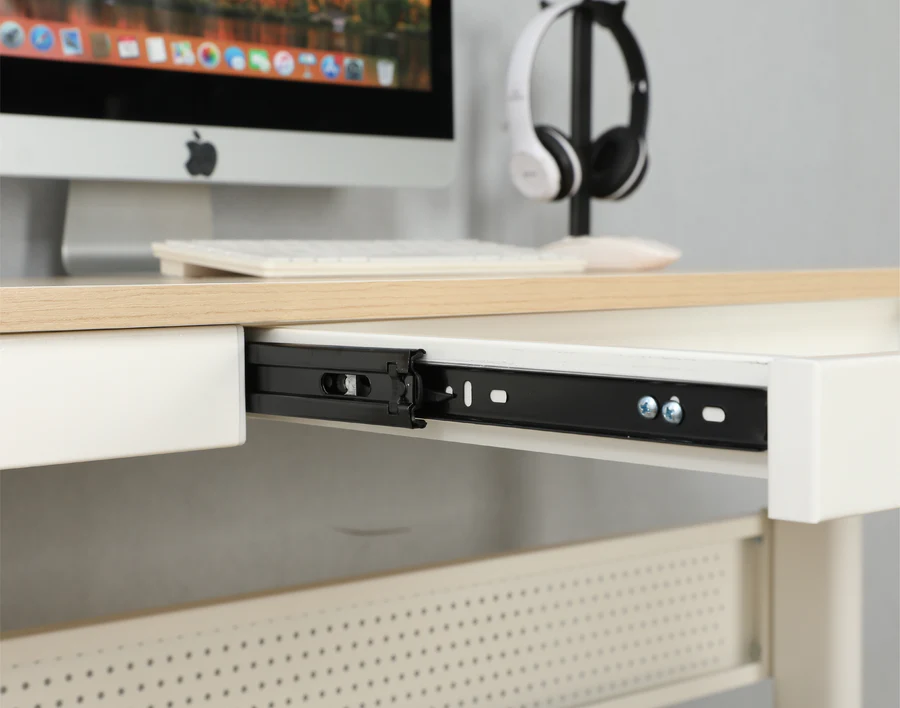Welcome to our exploration of the relationship between standing desks and back discomfort. In today’s office environment, back discomfort is more than just an annoying ache; it’s a common challenge that can significantly impact your daily life. This article delves into the causes of this widespread issue and how a standing desk might be a game-changer for some, while recognizing that it may not be the solution for everyone. So, let’s embark on this educational journey toward understanding backaches and finding ways to make your workdays more comfortable and productive.
Understanding the Root Cause: Back Issues in the Modern Workspace
In the modern workspace, prolonged sitting and incorrect posture are often the unseen culprits behind nagging backaches. You don’t have to be lifting heavy weights to feel the strain in your back. Slouching for hours in front of your computer or sitting in a non-ergonomic chair can put undue stress on your spine and surrounding muscles. Understanding these common causes allows you to take positive steps toward a more comfortable and healthy work environment.

Decoding Back Discomfort: Types and Causes
Back discomfort isn’t one-size-fits-all; it manifests in various forms, each with its characteristics and causes:
- Muscular Backaches: Often stemming from strain or overuse, muscular back discomfort can result from repetitive movements or maintaining awkward postures for extended periods. It might feel like a dull ache or a sharp, localized issue.
- Skeletal Backaches: This type of discomfort is typically associated with issues in the spine itself, such as disc problems. The discomfort might be persistent and often requires a deeper understanding and potentially professional medical intervention.
Recognizing that back discomfort is a complex issue with multifaceted origins allows us to approach solutions more thoughtfully. Whether it’s muscular or skeletal, understanding the type of back issue you’re experiencing is the first step toward finding the right remedy.
Standing Desks: A Potential Solution for Back Relief
The standing desk is far more than just a current trend; it’s a practical tool designed with comfort and wellness in mind. Over recent years, standing desks have been popular among those striving for a healthier, more dynamic work environment. These versatile pieces of furniture allow you to easily switch between sitting and standing, potentially offering an answer to some forms of back discomfort.
How Can a Standing Desk Help?
Standing desks might be worth exploring if muscular back discomfort is your concern. These desks can support your posture and alignment by offering the option to stand. Unlike the conventional sitting position, standing allows your muscles to engage naturally. The transition between sitting and standing supports movement and flexibility, two essential factors in preventing muscular backaches. Remember, the proper setup and mindful usage are crucial to reaping these benefits.
Skeletal back issues often require a more specialized approach, and standing desks can still be a small component of that strategy. By allowing adjustments that suit your body’s natural alignment, a well-designed standing desk can provide some relief. However, standing desks are not a cure-all for skeletal issues. While they can support you in certain situations, professional advice and personalized ergonomic solutions might be necessary to address skeletal back issues.
When Might a Standing Desk Not Help?
It’s essential to recognize that while standing desks can be a beneficial addition to many workspaces, they may not be the solution for everyone. Misalignment or incorrect usage might exacerbate existing back problems, leading to discomfort or even new issues. For some individuals, standing for extended periods may not be suitable due to specific health conditions or underlying issues that require medical intervention.
Choosing the Right Standing Desk for Your Needs
Selecting the right standing desk is more than a matter of aesthetics or cost; it’s about finding a product that fits your individual needs and workspace. Look for centimeter-level height precision, sturdy construction, and the flexibility to switch between sitting and standing with ease. Understanding ergonomics is key to making the most of your standing desk. Ensure that your desk’s height aligns with your body and that you maintain a proper standing posture. Consider additional ergonomic accessories like monitor arms, chairs, and footrests to create a harmonious workspace.
The Impact of Standing Desks on Productivity and Wellness
A standing desk is about more than just soothing back discomfort. It’s about enhancing overall productivity and wellness in your workspace. Switching between sitting and standing may lead to increased energy levels and focus throughout the day. Movement supports blood flow and can help keep you alert and engaged. Integrating a standing desk into your workspace may encourage healthier work habits by supporting movement and flexibility.
Tips for Integrating a Standing Desk Into Your Routine
Adopting a standing desk is a significant change, and integrating it smoothly into your routine requires thought and practice. Start gradually, mind your posture, utilize accessories, and make your workspace comfortable.
Conclusion: Is a Standing Desk the Right Solution for You?
Can a standing desk soothe your back discomfort? The answer is multifaceted, and the success of this tool depends on your unique needs, how you use it, and the specific type of backaches you experience. At UnionChair, we’re passionate about supporting your journey toward a healthier workspace. Our standing desks are crafted with care, offering a blend of functionality, affordability, and design that aligns with your goals. Explore more articles on our blog for further information.
